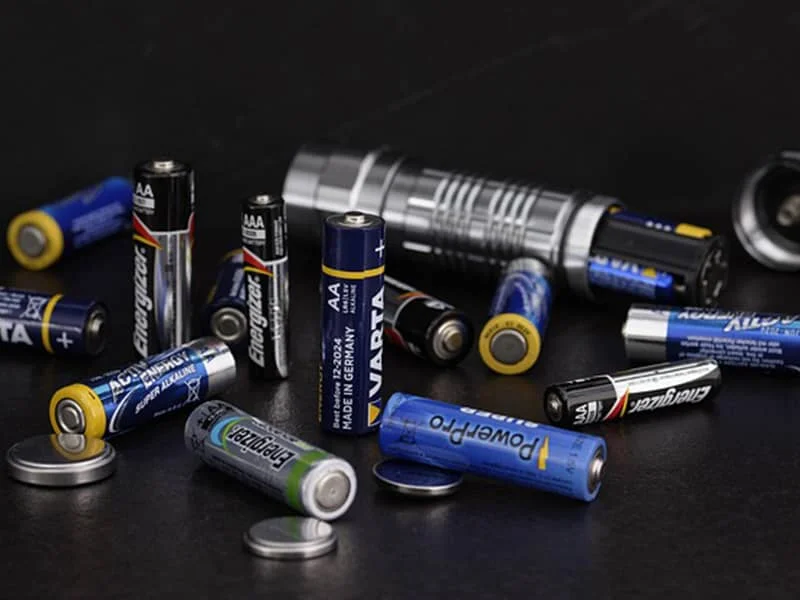In the production of electric vehicle batteries, battery cells are usually connected with conductive busbars to form modules. Depending on the energy storage requirements of the vehicle, multiple modules are often connected and assembled into a sealed enclosure or pack. A collection of these packs may be built into a tray structure or mechanically integrated into the vehicle chassis.
While there are many variations in the size and style of electric battery packs and trays, the welding requirements of this application are consistent. Aluminum, which is present in growing volumes in newer electric vehicles and is the metal of choice for pack enclosures and structural tray assemblies, is notoriously challenging to weld. The aluminum weld seams that join pack walls and packs to trays must be structurally sound and free of cracking or porosity to withstand the shock forces of vehicle use and packs in particular must be hermetically sealed to avoid damaging the battery cells inside.

Creating high quality battery pack and tray weld seams is just one manufacturing challenge. Battery manufacturers, who produce many thousands of batteries each year, must also produce these high quality welds quickly and repeatably. Fiber laser welding, a method that has been widely adopted by leading E-Mobility manufacturers, both creates strong aluminum welds virtually free of cracks and porosity and is faster, more reliable, and more easily automated than other welding methods.
*REQUIRED FIELDS